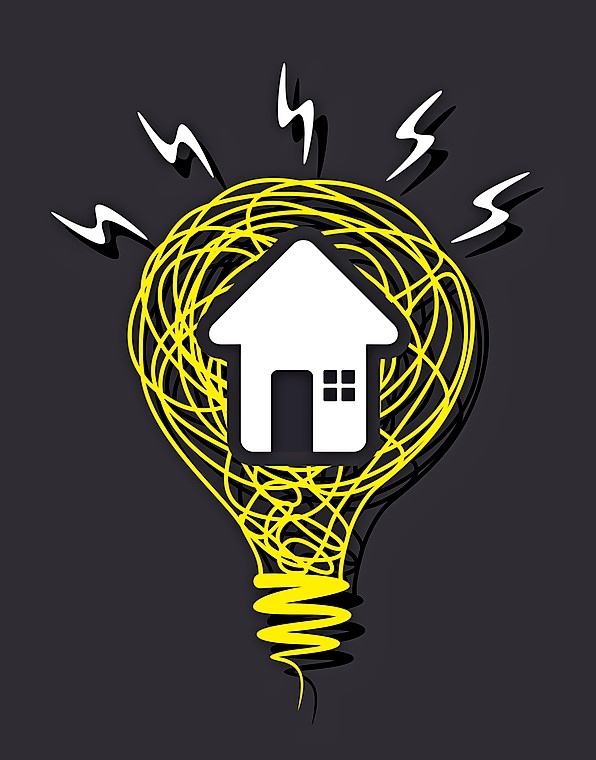Power Hungry—Energy-Consuming Appliances May Be Costing You More Than You Think
By Julie Duffin
March 2015 View more Finance
 Our homes are full of appliances and electronics designed to make our lives easier, but they also increase our energy consumption. You can easily reduce your energy bill by making a few small changes around the house.
Our homes are full of appliances and electronics designed to make our lives easier, but they also increase our energy consumption. You can easily reduce your energy bill by making a few small changes around the house.
Heating and Cooling Appliances
According to the U.S. Department of Energy, heating and cooling your home uses more energy than any other system and typically accounts for about 48 percent of your utility bill. Decrease your furnace and air conditioning costs by setting your thermostat as low as comfortable in the winter and as high as possible in the summer. Invest in a programmable thermostat to adjust the temperature when no one is home. Change furnace filters monthly and make sure the registers are clean and uncovered to maximize performance.
Water heaters are the second largest energy expense, typically accounting for 18 percent of your bill. Install low-flow shower heads and wash laundry in the coolest temperatures possible. Lower the thermostat to 120º and put insulation around the unit.
Refrigerators and freezers consume energy continuously. “Old refrigerators and freezers can consume four times more energy than newer models and could be costing you up to $150 a year in electricity,” said George Malek, director of Energy Efficiency Services at ComEd. “Fortunately, refrigerator efficiency has improved tremendously since the mid-1990s.” Make your current unit more efficient by setting the refrigerator temperature to 35°- 38°F and the freezer to 0°F. Clean the condenser coils as recommended and allow air to circulate around and behind the unit.
Combined, a clothing washer and dryer use even more energy than a refrigerator. Try to only do laundry when you have a full load and change water-level setting for smaller loads. Avoid over-drying your clothes by using the dryer’s moisture sensor, or hang clothes out to dry.
Dishwashers are another energy guzzling culprit. Only run your washer when it is full, but don’t overload it. Avoid using the rinse hold feature for just a few dishes—it uses between three to seven gallons of hot water. Turn your dishwasher off after the final rinse cycle and open the door slightly to allow dishes to air dry.
Electronics and “Phantom” Loads
Many electronics and appliances continue to draw power even when you aren’t using them. Energy Star estimates that 75 percent of the electricity used to power home electronics and appliances is consumed while the products are either turned off or in standby mode. These “phantom” loads occur in most appliances including DVD players, TVs, cable boxes, computers, video games, and kitchen appliances. Unplug appliances or use a power strip with an on/off switch to cut all power to the device when not in use. Also, unplug chargers once a device’s battery is fully charged.
Energy Star and EnergyGuide Labels
When replacing appliances, purchase items with the Energy Star label. These electronics meet strict guidelines set by the EPA and U.S. Department of Energy and are typically 10 to 20 percent more energy efficient than non-rated models. Also, read the yellow EnergyGuide label to learn how much energy the appliance uses and its estimated yearly operating cost. Installing new energy efficient products in your home could also make you eligible for tax credits, rebates, or incentive bonuses from utility companies.
Look Further Into Your Home’s Energy Use
Analyzing your peak energy usage can help you assess how to make additional changes. The City of Naperville offers a home energy calculator on its website which helps estimate your energy usage and offers cost-saving recommendations. Later this year, the City plans to launch an e-portal program enabling utility customers to access their actual energy usage online.
More energy saving recommendations can be found at www.naperville.il.us, www.comed.com, www.energystar.gov, www.energy.gov and www.nicorgas.aglr.com.


